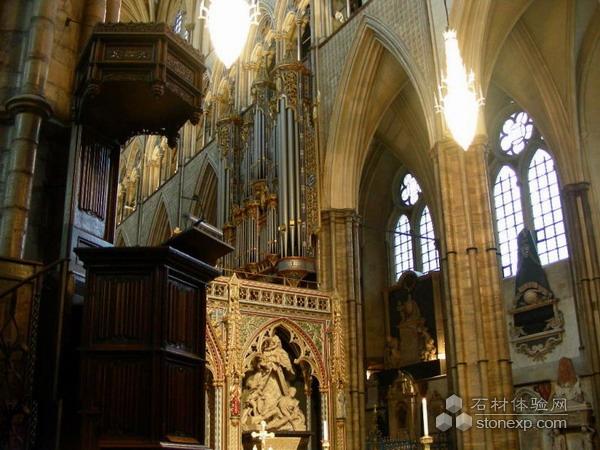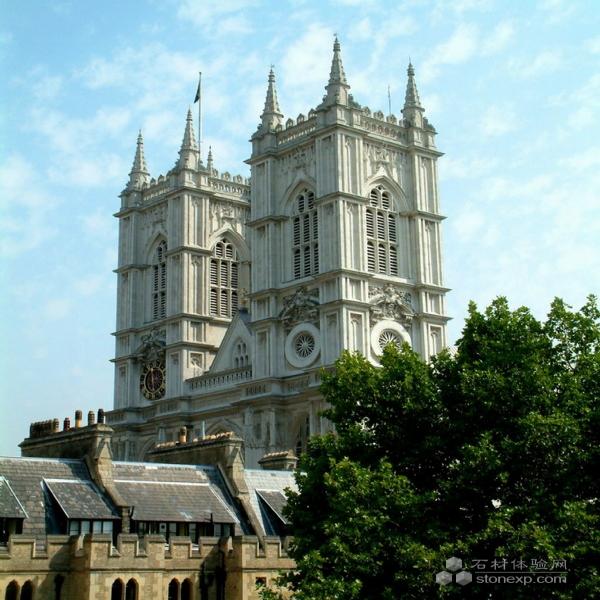The Westminster Abbey In England
|
The Collegiate Church of St Peter at Westminster, which is almost always referred to popularly and informally as Westminster Abbey, is a large, mainly Gothic church, in Westminster, London, England, located just to the west of the Palace of Westminster. It is the traditional place of coronation and burial site for English, later British and later still (and currently) monarchs of the Commonwealth Realms. It briefly held the status of a cathedral from 1546–1556, and is a Royal Peculiar. Aristocrats were buried inside chapels and monks and people associated with the Abbey were buried in the Cloisters and other areas. One of these was Geoffrey Chaucer, who was buried here as he had apartments in the Abbey where he was employed as master of the Kings Works. Other poets were buried or memorialised around Chaucer in what became known as Poets' Corner. These include: William Blake, Robert Burns, Lord Byron, Samuel Taylor Coleridge, Charles Dickens, John Dryden, George Eliot, T. S. Eliot, Thomas Gray, Gerard Manley Hopkins, Samuel Johnson, John Keats, the Brontë sisters, Rudyard Kipling, John Masefield, John Milton, Laurence Olivier, Alexander Pope, Nicholas Rowe, Percy Bysshe Shelley, Jane Austen, Thomas Shadwell, Alfred Lord Tennyson, Dylan Thomas and William Wordsworth. Abbey musicians such as Henry Purcell were also buried in their place of work. Subsequently, it became one of Britain's most significant honours to be buried or commemorated here.[8] The practice spread from aristocrats and poets to generals, admirals, politicians, doctors and scientists such as Isaac Newton, buried on 4 April 1727 and Charles Darwin buried 19 April 1882.
  |



